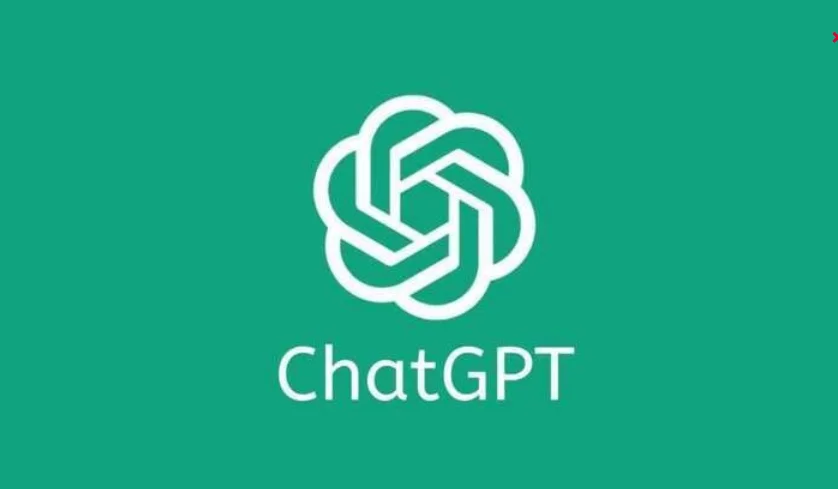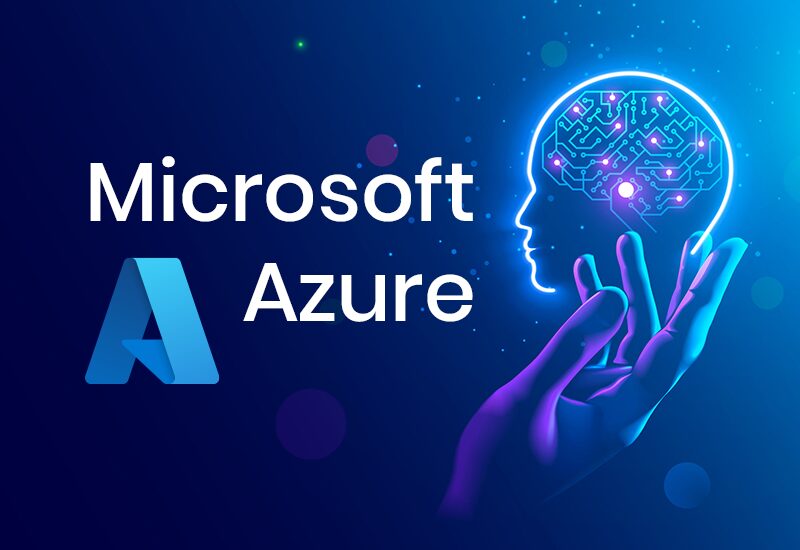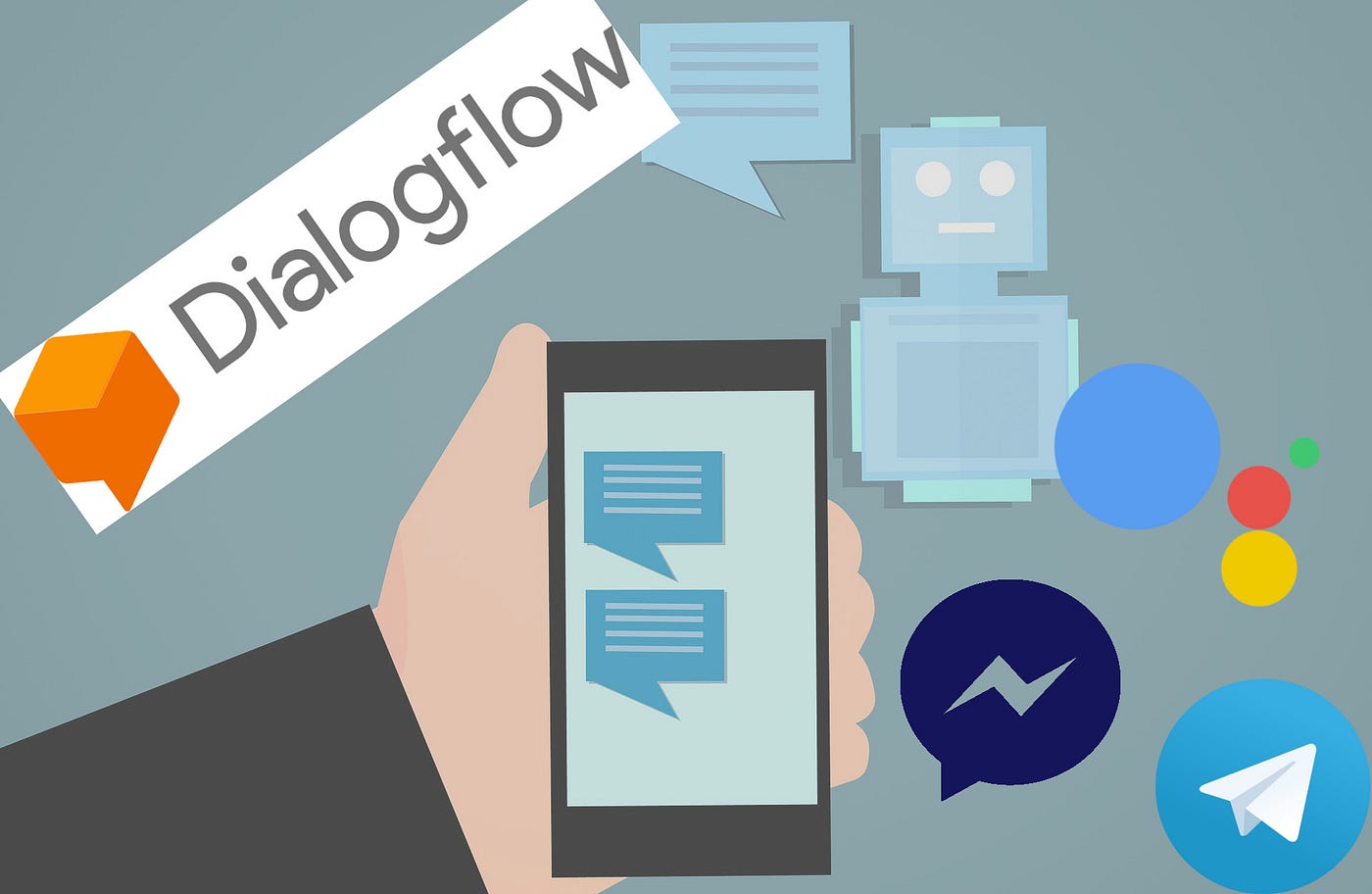What is Ai?
AI, or artificial intelligence, encompasses computer algorithms capable of recognizing patterns in vast datasets, enabling them to mimic human intelligence and perform tasks akin to humans. In essence, AI manifests human-like intelligence through machines.
AI finds applications both independently and in conjunction with other technologies like geolocation, evident in services such as Google Maps. Everyday scenarios utilizing AI include virtual assistants, autonomous vehicles, AI-driven chatbots, personalized online shopping experiences, and more.

Features and Capabilities of ChatGPT
ChatGPT offers a range of features and capabilities that can benefit your business:
1.Code Optimization
Utilize ChatGPT to identify areas in your code that require enhancement. By leveraging ChatGPT, you can streamline the optimization process, saving time and effort through more efficient iterations.
2.Code Generation
Describe the functionality of your application in natural language, and ChatGPT will generate corresponding code examples. This streamlines the coding process, providing valuable insights and accelerating development.
3.Code Reviewing
ChatGPT is proficient in reviewing code across various programming languages. It can analyze your codebase, pinpoint potential issues, and suggest improvements, enhancing overall code quality and efficiency.
4.Testing
Employ ChatGPT to create customized tests, ensuring the robustness and quality of your code and applications. By integrating ChatGPT into your testing framework, you can enhance testing processes and maintain high standards of software quality.

Features and Capabilities of the Microsoft Azure AI Platform
The Microsoft Azure AI Platform offers a plethora of features and capabilities to bolster your business endeavors:
a.Extensive Documentation
Benefit from comprehensive developer resources and documentation provided by the Microsoft Azure AI Platform. Accessing extensive documentation enables developers to navigate the platform effectively and utilize its functionalities to their fullest potential.
b.Customizable Apps and Agents
Leverage AI apps and agents offered by the Azure AI Platform and customize them to align with your application requirements. This includes Azure Cognitive Services, which provide a diverse array of domain-specific pre-trained AI models for seamless integration into your applications.
c.Ease of Creating Bots
Explore the development environment provided by the Azure AI Platform for creating bots. With pre-existing templates and intuitive tools, developers can expedite bot development and enhance user engagement through conversational interfaces.
d.Simplified Machine Learning Algorithm Development
Embark on machine learning algorithm development with ease using the Microsoft Azure AI Platform. Whether you’re developing new algorithms or utilizing existing frameworks, Azure ML offers a conducive environment for building and deploying machine learning models.
e.Support for Popular Open-Source Frameworks
Benefit from seamless integration with popular open-source AI frameworks such as TensorFlow. Azure ML provides robust support for these frameworks, enabling developers to leverage their preferred tools and technologies for AI development.
f.Scalability
Build enterprise-scale AI systems with confidence using the scalable infrastructure offered by the Azure AI Platform. Whether you’re handling large-scale data processing or deploying complex machine learning models, Azure’s scalability ensures optimal performance and efficiency.



Features and Capabilities of Amazon CodeWhisperer
Amazon CodeWhisperer offers a range of advanced features and capabilities designed to enhance the software development process:
In addition to these core features, Amazon CodeWhisperer offers several benefits to software engineers:

Dialogflow is a sophisticated Natural Language Processing (NLP) tool designed to facilitate the development of conversational interfaces. Here are its key features and benefits:
Why Choose Dialogflow for AI Development?
Flexibility and Customization: Dialogflow provides flexible customization options, allowing developers to tailor virtual agents to their specific use cases and branding requirements. From customizing conversation flows to designing rich responses, Dialogflow offers unparalleled flexibility in creating conversational experiences.

BigML is a powerful machine learning platform that offers a wide range of features and capabilities to streamline the development of machine learning models. Here’s what BigML has to offer:
Why Choose BigML for Machine Learning Development?
The blog post outlines the top software development tools of 2024, including ChatGPT, Microsoft Azure AI Platform, Google Cloud AI Platform, IBM Watson, Amazon CodeWhisperer, Dialogflow, and BigML. These tools offer a range of features such as code optimization, machine learning capabilities, conversational interfaces, and scalability. Businesses can leverage these tools to streamline development processes, enhance code quality, and build advanced AI-powered solutions to meet diverse business needs.
Get the latest insights on exponential technologies delivered straight to you
© 2024 Sprinterra. All rights reserved.